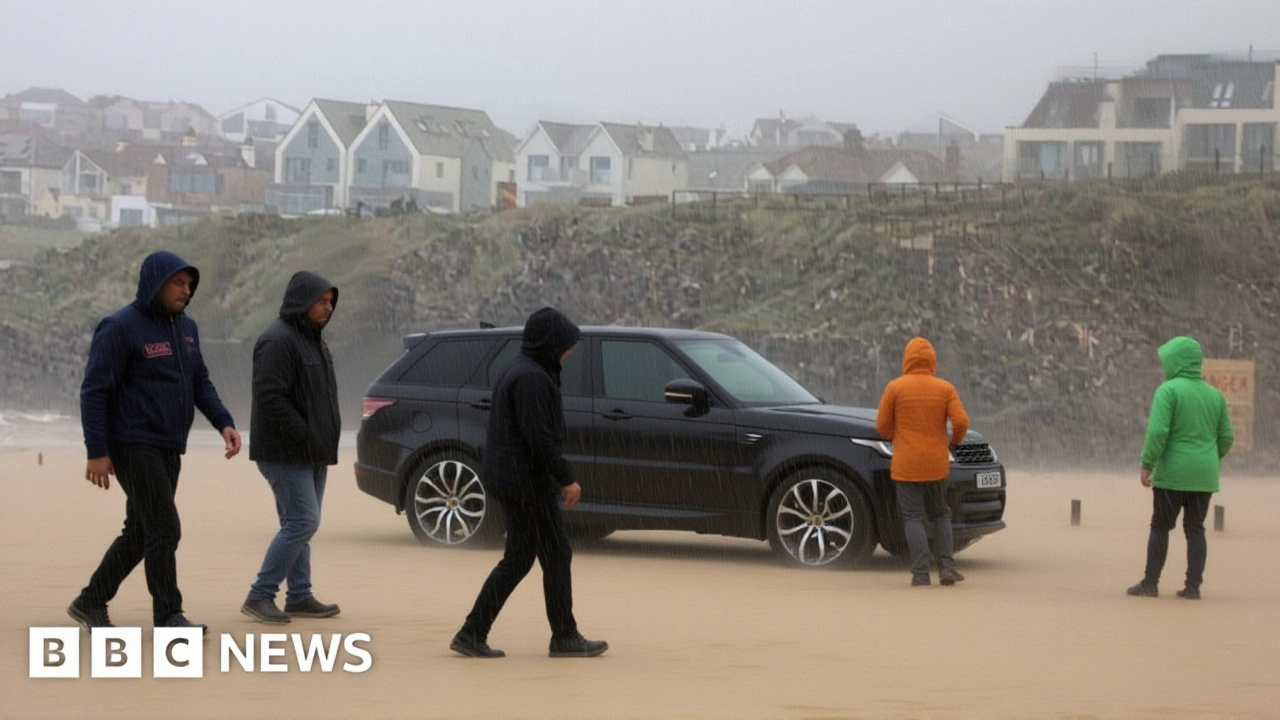Storm Floris: What You Need to Know
When talking about Storm Floris, a powerful low‑pressure system that produced tornado‑like wind speeds across several regions in 2024. Also known as the 2024 Midwest Superstorm, it triggered widespread damage, emergency responses, and intense media coverage. Understanding Storm Floris helps you see how tornado dynamics, weather forecasting tools, and broader climate change trends all intersect.
Key Impacts and Preparing for the Unexpected
Storm Floris encompassed three core challenges: extreme wind gusts exceeding 120 mph, rapid rainfall spikes that caused flash floods, and a tornado‑spawning environment that led to dozens of funnel clouds. Those three factors require coordinated emergency planning, because a single failure in any area can amplify overall damage. For example, when wind speeds surpass the design limits of residential roofs, flooding can quickly infiltrate weakened structures. This cascade effect illustrates the semantic triple: Storm Floris → triggers → structural failure. It also shows why accurate weather forecasting → enables → timely evacuations and why climate change → influences → storm intensity.
Local authorities used Doppler radar, satellite imagery, and high‑resolution modeling to track the storm’s evolution. Those tools are part of modern weather forecasting suites that blend historical data with real‑time sensor input. In the case of Storm Floris, forecasters issued a high‑risk tornado watch 12 hours before the first funnel touched down, giving residents a crucial warning window. This demonstrates the triple: advanced forecasting → improves → public safety outcomes. For everyday readers, the takeaway is simple: sign up for local alert systems, keep a storm‑ready kit, and know your shelter locations.
From a climate perspective, researchers have linked the frequency of high‑intensity storms like Floris to rising sea surface temperatures. Warmer oceans feed more moisture into storm systems, which then unleash stronger winds and heavier rainfalls. That link creates the triple: climate change → amplifies → storm energy. While one storm doesn’t prove a trend, the pattern of increasingly violent events aligns with scientific projections for the next few decades.
Beyond the immediate hazards, Storm Floris sparked a wave of community rebuilding projects. Volunteers helped repair roofs, clear debris, and restore power lines. These efforts highlight a positive semantic connection: community resilience → mitigates → long‑term economic loss. If you’re looking to get involved, local NGOs often need hands‑on help, especially in areas still recovering from wind‑borne damage.
Overall, the Storm Floris collection below showcases a range of viewpoints: from detailed meteorological analyses and personal survivor stories to practical guides on securing your home against future storms. Dive into the posts to see the data behind the forecasts, learn how to fortify your property, and discover what experts say about the evolving climate backdrop.
Storm Floris hit northern UK on Aug 4 2025 with 90 mph winds and heavy rain, causing power outages and transport chaos, while highlighting a shift toward summer storms.

 Motorsports and Racing
Motorsports and Racing